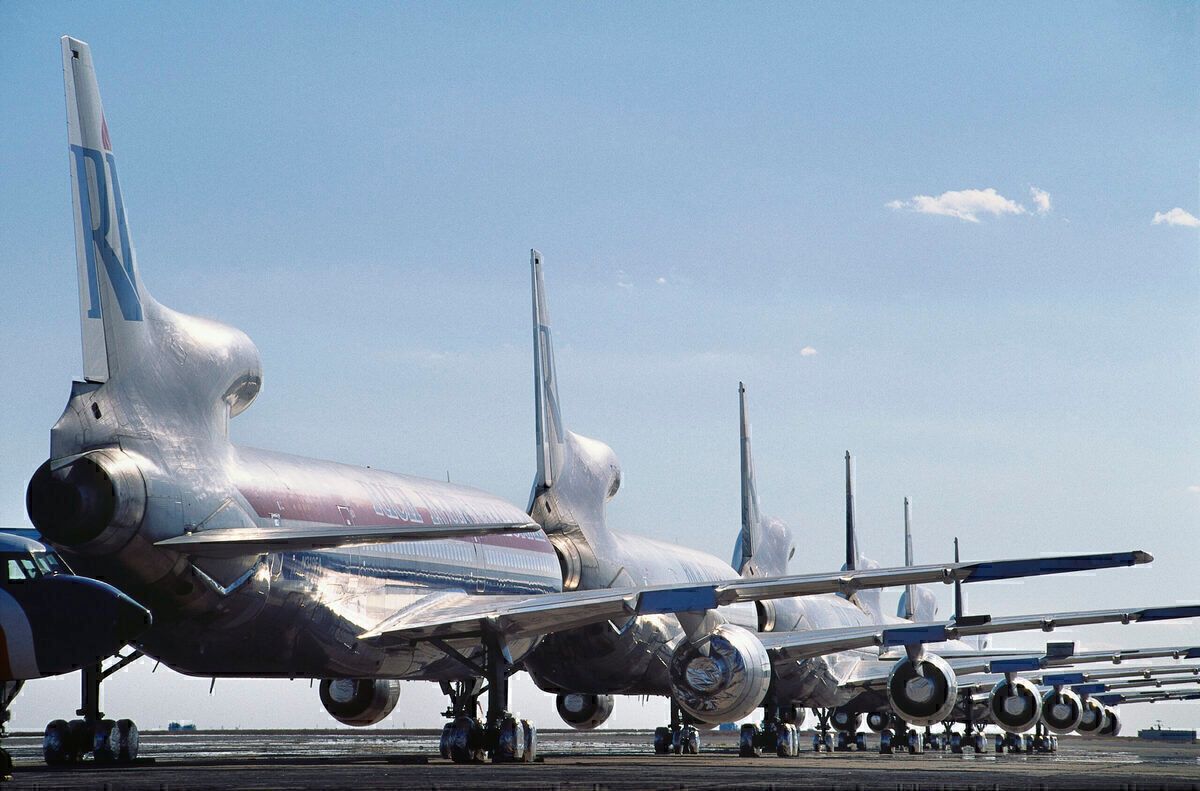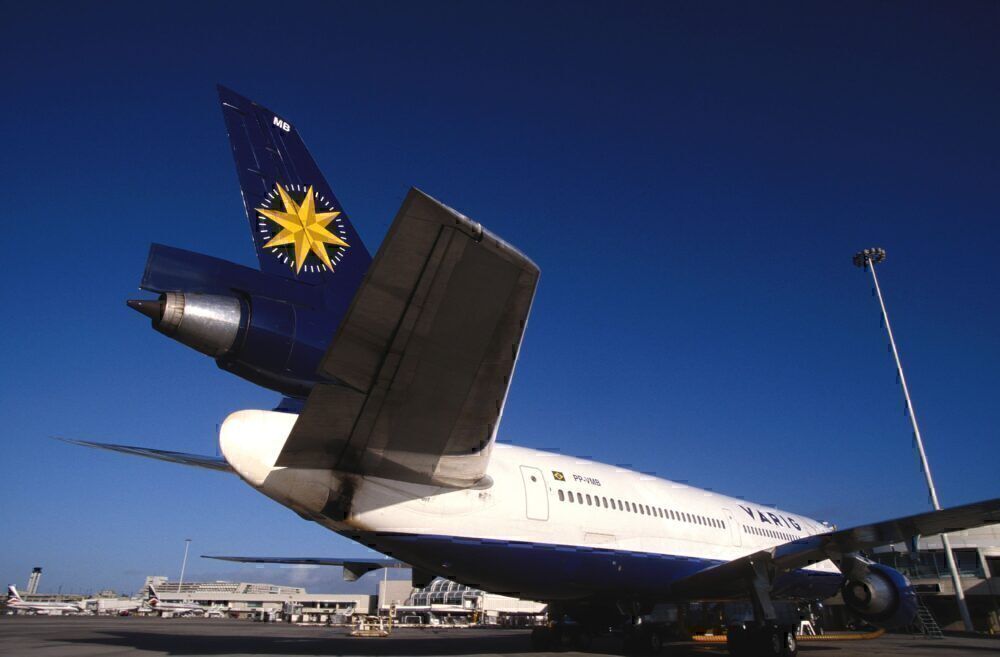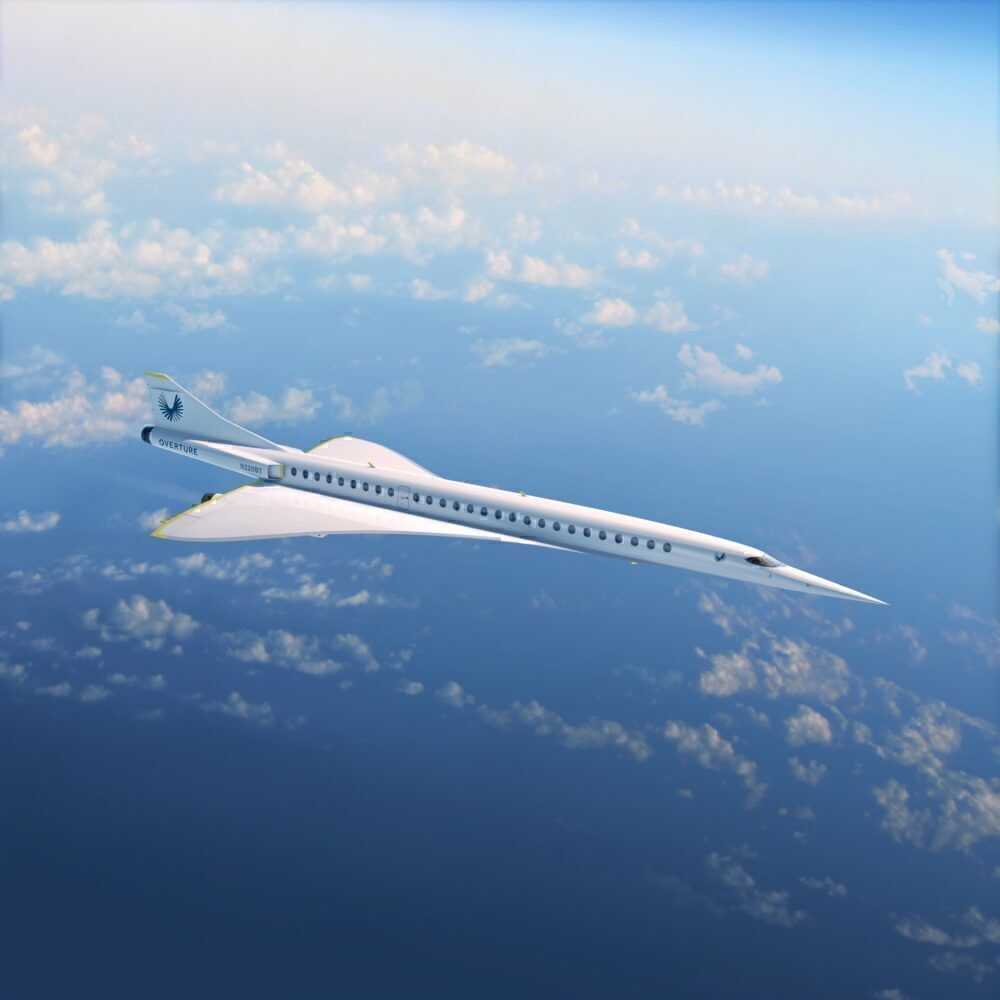Engines are the most maintenance-intensive part of an aircraft. The fewer engines a plane has, the less it costs for an airline to operate it. While it makes sense that the trijet would eventually lose out to newer twinjet models, that's not the whole story. Let's take a look at why the iconically shaped jets fell out of favor - and a potential comeback.
In the 1960s, airlines were beginning to request larger aircraft with better performance. As previously noted, the more engines on an aircraft - the higher the operating costs. So, to add performance but keep expenses down, many planemakers went for three rather than four engines.
Stay informed: Sign up for our daily aviation news digest.
S-ducts or tail-fin engines
The most common set-up is with the third, central engine mounted in the rear fuselage with air supplied via an S-duct. This is seen on classic trijets such as the HS-121 Trident, Tupolev Tu-154, Boeing 727, Lockheed L-1011 Tristar, as well as three models of the Dassault Falcon business-jet line. Its Falcon 7X and Falcon 900 are the only trijets still in production today.
The S-duct is very aerodynamic. However, they are not only very complicated to make, but also expensive. McDonnell Douglas opted instead for a "straight-through" set-up with the engine mounted in the tail fin for its DC-10 and MD-11. While this is more economical due to the easy engine access, it sacrifices safety as the aircraft can become more difficult to control in the case of an engine failure.
One of the complications for aircraft manufacturers with engines mounted in the fuselage is that it makes the model entirely dependent on the type of powerplant for which it has been built. So when new, more efficient, and potentially larger engines come along, it would take an entire redesign of the rear of the aircraft to update the model.
ETOPS evolution
One of the main reasons why trijets fell out of favor was the evolution of ETOPS. The acronym stands for “Extended-range Twin-engine Operational Performance Standards” and regulates how far a twin-engine aircraft can fly from a diversion airport.
The first rating was given to TWA to take its Boeing 767 from Boston to Paris with a 120-minute range from the nearest airport in 1985. Before that, twinjets had been restricted by a 60-minute rule, which was waived for three-engined aircraft in 1964. In 1988, the maximum was extended to 180 minutes.
As engines were also getting bigger and more efficient all the time, airlines could now operate with two engines on routes previously inaccessible to twinjets. Cost efficiency always wins in aviation, and so, the trijet started becoming obsolete.
Near 50-year-old L-1011 still in the skies
These days, apart from private jets, trijets are still around serving the cargo market. And if you are fortunate, you could catch a glimpse of the last Lockheed L-1011 still in operation. Registered N140SC and named the Stargazer, the modified 47-year-old aircraft is operated by Orbital Sciences as a satellite rocket launcher.
Meanwhile, Denver-based start-up Boom Supersonic is looking to a three-engine configuration to help re-launch supersonic passenger flights. The trijet might yet make a comeback with a bang.
Do you miss trijets? Tell us about your relationship with them in the comments.



